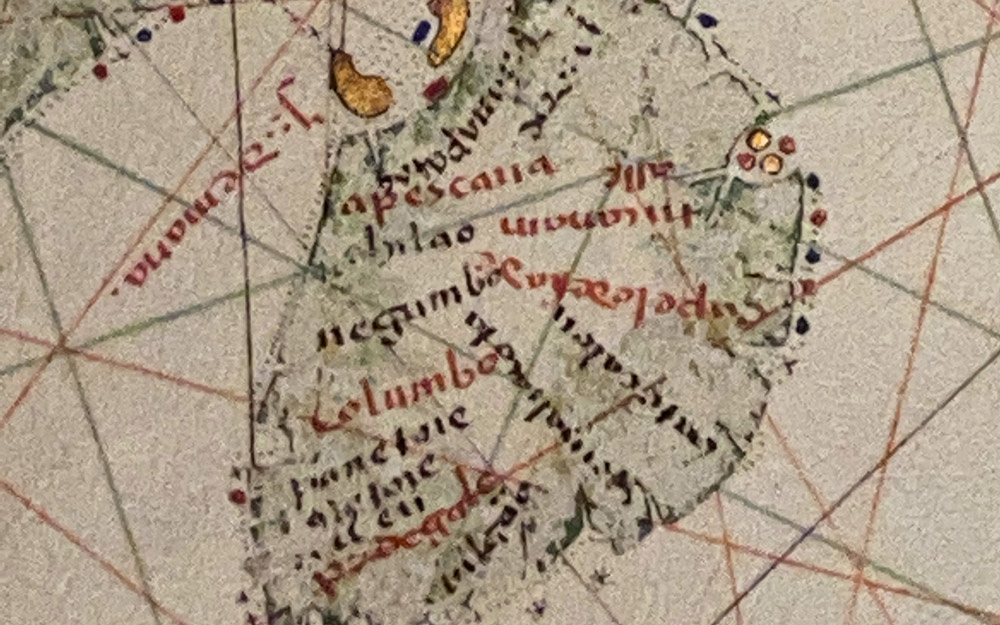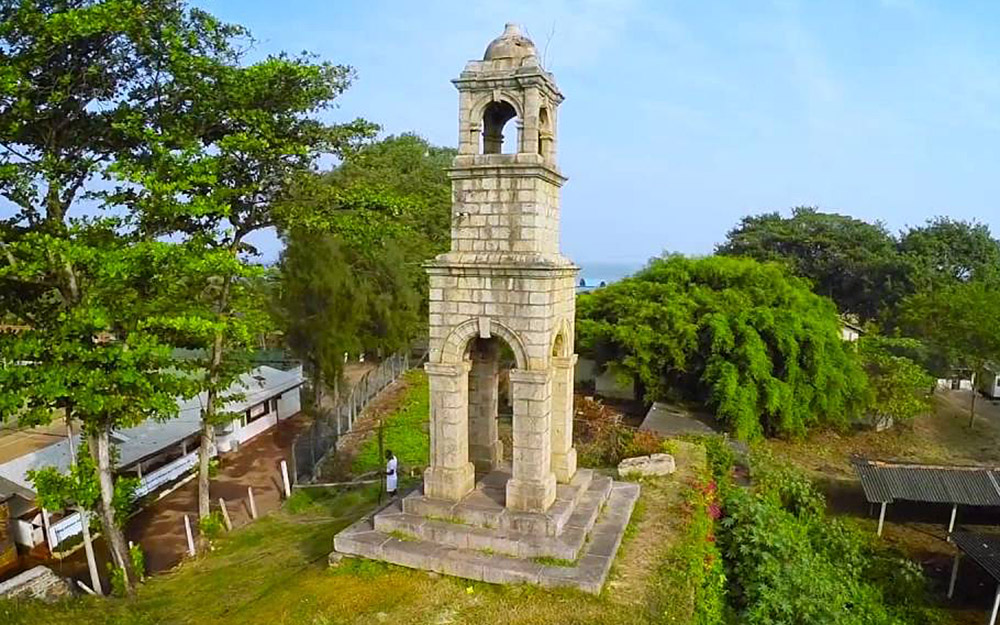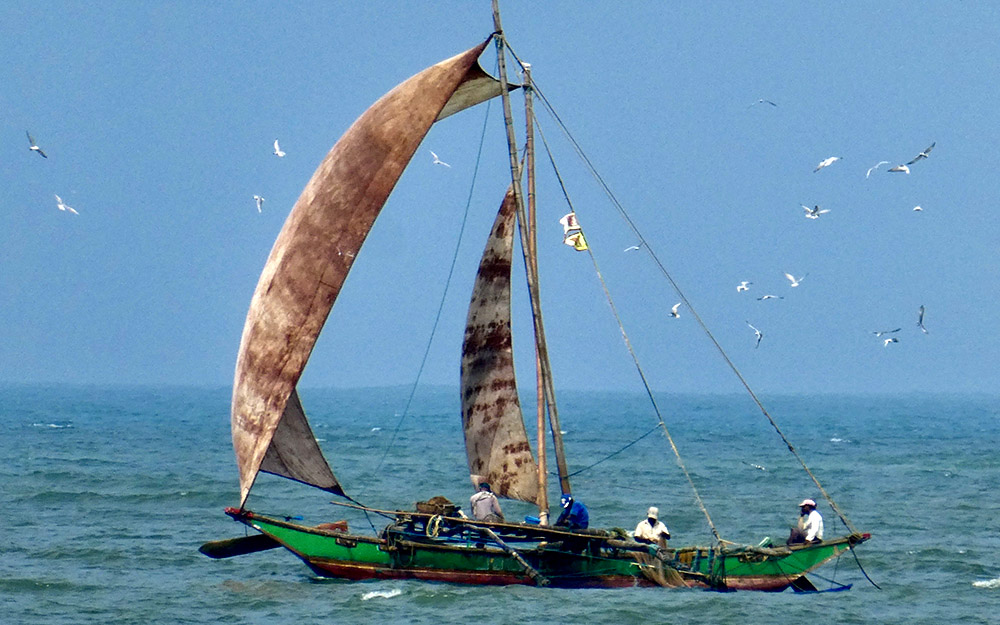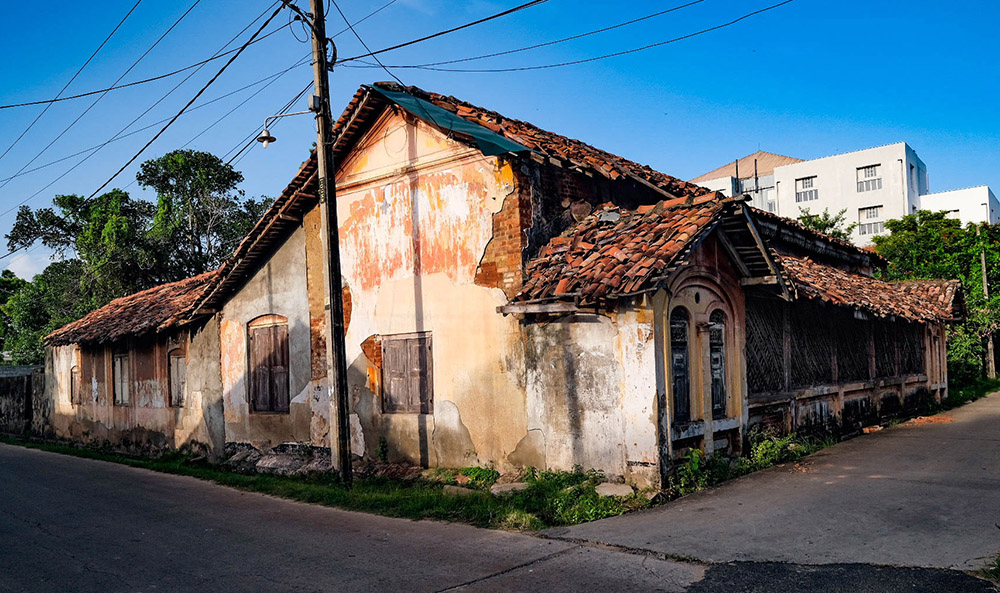Spotlight Negombo, ‘Village of the Honeycomb’
The Sinhala name for Negombo, Migamuwa, means ‘Village of the Honeycomb’, and comes from the 2,000-year-old-story of bee honey being found by the army of King Kavantissa in a canoe near the seashore.
They collected the honey and presented it to Queen Viharamahadevi, who was pregnant with the future King Dutugemenu.
By this time, the town was part of the Jaffna Kingdom and predominantly Tamil. It had gained the name Neekolombu, and was a shelter for Arabic vessels whose crews are the ancestors of the Sri Lankan Moors.
Safe Harbour
When the Portuguese arrived in the early 1500s the name became corrupted to Negombo, while the lagoon continued to provide a safe harbour and major trading port for the cinnamon trade.
The Portuguese successfully converted the majority of the local clans to Catholicism. But in the 1630s, constant warfare between the Portuguese and the Kingdom of Kandy resulted in the king turning to the Dutch for help.
The Dutch, after capturing Negombo in 1646, negotiated a 10-year armistice with Portugal, but the king of constantly sought to provoke conflict between the two nations.
Canal
This drove the Dutch to build Negombo Fort in 1672, as well as the 120 km canal from Colombo through Negombo to Puttalam, plus many other buildings and churches that bear their distinctive style of architecture.
After the British arrived in 1796, the cinnamon trade declined, and Negombo lost its place as a strategic outpost of Colombo.
That notwithstanding, the centuries-old Negombo fishing industry continued to thrive, and many migrant workers arrived to invest their futures in the town.
In 1907, Negombo was included in the railway network that was linking the island together.
Today the fisheries and tourism dominate Negombo’s economy.




